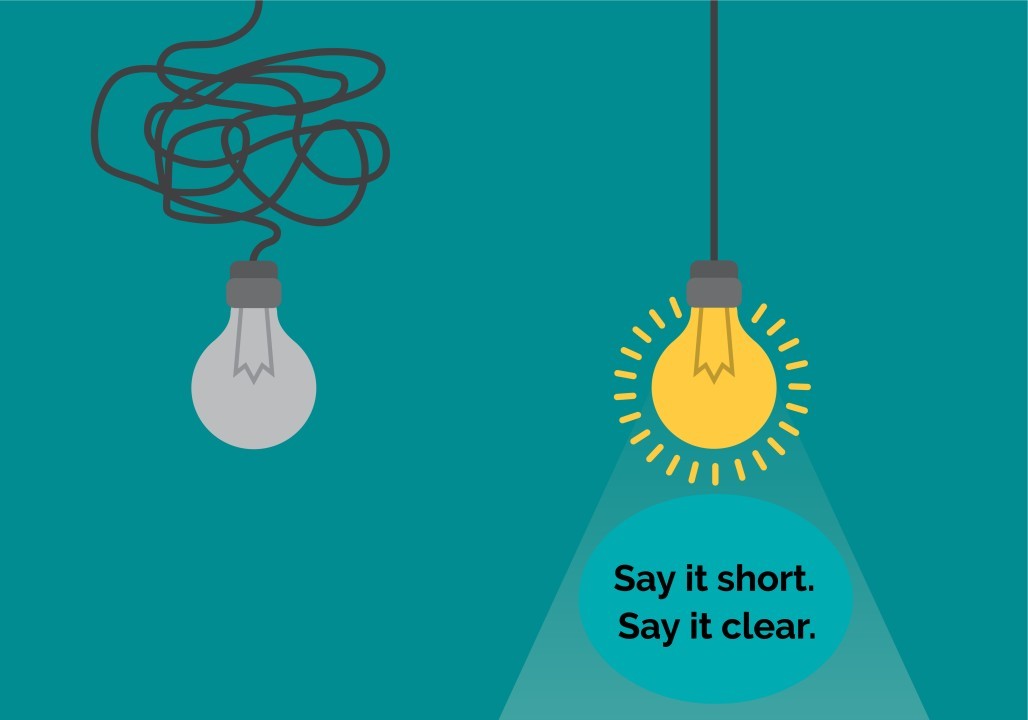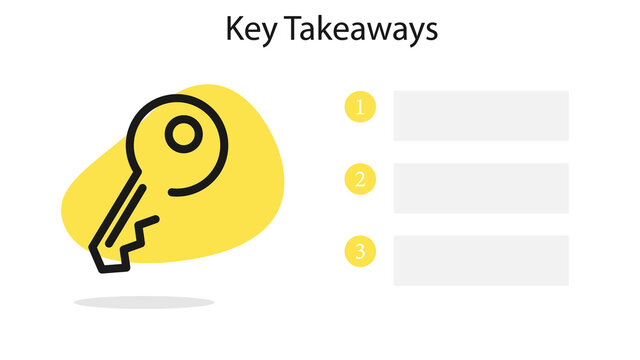"The headline is the ad, and the content is the product."
You spent weeks researching, writing, editing, and polishing what you thought was an amazing piece of content. You published it with great excitement, expecting your hard work to finally get the recognition it deserves. But days later, crickets. Hardly anyone shared or engaged with it. What went wrong?
Don't despair. With some strategic adjustments, you can turn your content from a flop to a viral hit. Here's why your brilliant piece likely fell flat, and how to revive it.

Your Title Was Bland
Your content's fate is largely determined by its title. A weak or boring title dooms it to obscurity. The title is your first and possibly only chance to grab attention. It must be magnetic.
Aim for titles that are:
- Provocative - Trigger curiosity, controversy, or emotion
- Specific - Share the crux of your content upfront
- Urgent - Convey why readers need to click now
For example, "The Hidden Danger Inside Your Home" is more compelling than "Household Safety Tips."
| Bland Title | Magnetic Title |
|---|---|
| Household Safety Tips | The Hidden Danger Inside Your Home (and How to Protect Your Family Now) |
| Exercise Advice | This 15-Minute Exercise Can Add Years to Your Life, Says New Study |
| Makeup Tutorial | I Tried Rihanna's Makeup Routine - Here's What Happened |
Spend time brainstorming multiple title options and choose the one most likely to generate clicks.

You Didn't Highlight Value
In a sea of content, yours must stand out. Immediately highlight why your piece is worth a reader's limited time and attention.
Within the first 1-2 sentences, convey:
- The core value they will get
- Who the content is for
- Why they should care
For example:
"Struggling to lose weight? In this article, I'll share 5 simple diet tweaks that helped me drop 20 lbs in 2 months, without exhaustive exercise or starving myself."
Communicate the tangible takeaways so readers know what's in it for them.

You Didn't Structure for Scanning
Online, most readers don't read - they scan. Format your content for easy skimming:
- Use descriptive headers and subheaders - Guide readers through key sections
- Highlight key points - Bold, italicize, or bullet important sentences
- Use lists and tables - Present tips, steps, data visually
- Keep paragraphs short - Limit to 2-4 sentences each
- Include images - Break up blocks of text
Optimizing scan-ability lets readers extract value even if they don't read every word.
| ❌ Difficult to Scan | ✅ Easy to Scan |
|---|---|
| Page after page of dense text with no headers or formatting. Giant walls of text. | Tight sectioning with descriptive headers and subheaders. Bulleted lists for quick tips. Bold key points. Short paragraphs. Generous white space. Images. |

It Was Too Long
Online attention spans are short. Keep your content as concise as possible:
- Blog posts: 800 - 1,500 words
- Social media posts: 100 - 250 words
- Emails/newsletters: 50 - 150 words per section
If your content is longer than that, you're likely losing readers. Pare it down to the essentials. Cut fluff and filler. Stick to what delivers core value.
Prioritize ruthless editing. It's better for something to end too soon than drag on too long.

You Didn't Share It Right
You can have an amazing headline, great structure, and tight length - but it won't matter if you don't share your content effectively.
Share on the right platforms. Research where your target audience spends time online. Focus on promoting content in those ecosystems.
Use compelling text. Share content with a 140-character title and description that grab attention and convey urgency. Don't just copy and paste your headline - create new, magnetic language.
Post at optimal times. For each platform, research when your followers are most active and engaged. Schedule shares during those high-traffic windows.
Share repeatedly. Don't just post once and expect viral results. Share your content multiple times over weeks and months, testing different headlines and texts.

The Takeaways Weren't Useful
At the end of your piece, did readers gain tangible value? Satisfy them with actionable tips they can apply in their own lives.
Strong bottom line takeaways provide:
- Specific advice they can implement, not just general insights
- A clear next step for readers to take
- A recap of the core value from your content
End by reminding readers what they should think, feel, or do differently now. Send them away more enlightened than they arrived.

You Didn't Promote Enough
For content to take off organically, you need a critical mass of early shares. Reach out to your network and ask them to share your content when it's first published.
Identify relevant online communities and post it there with a note encouraging shares if they find it valuable.
Even a few dozen initial shares can put your content on the radar so it starts getting picked up more widely. Don't just cross your fingers and hope it spreads on its own. Give it an active early boost.
Fix It Quickly
The first 48 hours after publishing determine whether your content sinks or swims. If it's clear shares aren't taking off:
- Change the headline - Test 2-3 new options and see if they generate better response
- Revisit top sections - Improve opening hook and key takeaways
- Shorten post - Edit for brevity
- Add graphics - Increase visual appeal
- Push promotion - Double down on shares and outreach for more pick up
Be ready to rapidly iterate to maximize performance. Capitalize quickly on what you learned.

Learn and Improve
Every piece of content that flops is an opportunity to improve. Review what resonated and what didn't. Talk to readers and get feedback.
Analyze your highest-performing content and identify what made it stand out. Apply those lessons to make your next piece better.
Content that strikes a chord takes trial, error and refinement. Let failures guide you toward creating truly viral hits.
The Takeaway
With the right recipe of compelling headline, concise length, scannable structure, useful takeaways, and robust promotion, your next piece of content can be a breakout success.
Follow these guidelines to transform an underwhelming post into a viral sensation. Master these strategies, and soon readers will be eagerly sharing your stuff.
The internet is crowded and fickle. Cutting through takes thoughtful optimization, persistence, and agility. But apply these fixes, and your next brilliant piece of content will finally get the attention it deserves.
FAQ
1. How do I know if my content is flopping?
You can gauge if your content is flopping based on several metrics:
- Low social media engagement - Very few likes, comments, or shares on posts
- Minimal clicks - Low traffic to your site or page for that content
- No comments - Zero or very few comments from readers
- Crickets from influencers - Influencers you reach out to ignore your content
- No inbound links - No other sites or people linking to your content
If you see zero or very low activity on these fronts in the first 1-2 days, it's likely your content hasn't resonated.
2. What are some common reasons content flops?
Some common reasons content flops include:
- Boring, generic, or vague headline
- Failing to clearly communicate value upfront
- Difficult to scan/read quickly
- Too long or short in length
- Poor structure without sectioning
- Weak, bland visuals
- Not sharing to the right audiences
- Low quality or thin on useful takeaways
- Not monitoring and optimizing after publishing
Usually it's a combination of these factors. Analyze your flopped content against this checklist.
3. How can I improve my headlines?
To improve your headlines:
- Brainstorm multiple potential headlines before choosing one
- Use formulas like "X ways to Y" or "How to X without Y"
- Include numbers and lists whenever possible
- Target emotions like curiosity, surprise, fear, or enthusiasm
- Focus on benefits the reader will get from clicking
- Be specific about the content topic and angle
Also, test out headlines on social media and see which ones generate more clicks.
4. What's the ideal length for different content formats?
Here are ideal lengths:
- Blog posts: 800-1,500 words
- Social media posts: 100-250 words
- Email newsletters: 50-150 words per section
- Videos: 1-2 minutes
- Webinars/Podcasts: 15-30 minutes
Anything much shorter or longer and you risk losing reader attention and interest.
5. How can I structure my content for easy scanning?
To optimize content for scanning:
- Break into short paragraphs of 2-4 sentences
- Use bolded subheaders to chunk information
- Include bulleted lists and numbered steps for quick tips
- Put key stats and data in bold or separate lines
- Break up text with relevant images, charts, or graphics
Use spacing, formatting, styling to guide readers through main points.
6. What makes a strong call to action or takeaway?
An effective call to action or key takeaway should:
- Summarize the core lessons or ideas
- Present specific takeaways readers can apply
- Share next steps or where to learn more
- Give readers clear direction on what they should think, feel, or do differently now
- Motivate readers to take action by tapping emotions
Send them away with tangible value.
7. Where should I share my content?
Share your content:
- On your website and email list
- Your social media channels
- LinkedIn and Quora if relevant
- Online communities/forums related to the topic
- Relevant Facebook groups or subreddits
- To influencers who may be interested in covering it
Go where your target audience is already engaged online.
8. When should I share my content?
Share your content:
- Right when first published
- During peak times for each platform
- Facebook: Wednesdays 11am - 1pm, Fridays 12-3pm
- Twitter: Weekdays 12-3pm
- LinkedIn: Tuesdays & Wednesdays 7-8:30am, 12-1pm
- Consistently over time - don't just share once!
9. How can I encourage shares from others?
To encourage shares:
- Make the content very shareable - useful, visual, entertaining
- Reach out directly to relevant audiences like influencers or industry sites
- Incentivize sharing with a giveaway or contest
- Make it easy to share by adding buttons
- Share generously yourself - sharing encourages more sharing
10. How can I monitor and optimize my content?
To monitor and optimize:
- Review analytics to see total clicks, links, comments
- Ask for feedback from readers on what resonated
- A/B test headlines and text to see what performs better
- Check performance on third-party platforms like social media
- Revise weak areas like title or intro based on feedback
- Promote repeatedly over time with new messaging
Continuously track data and make improvements!







